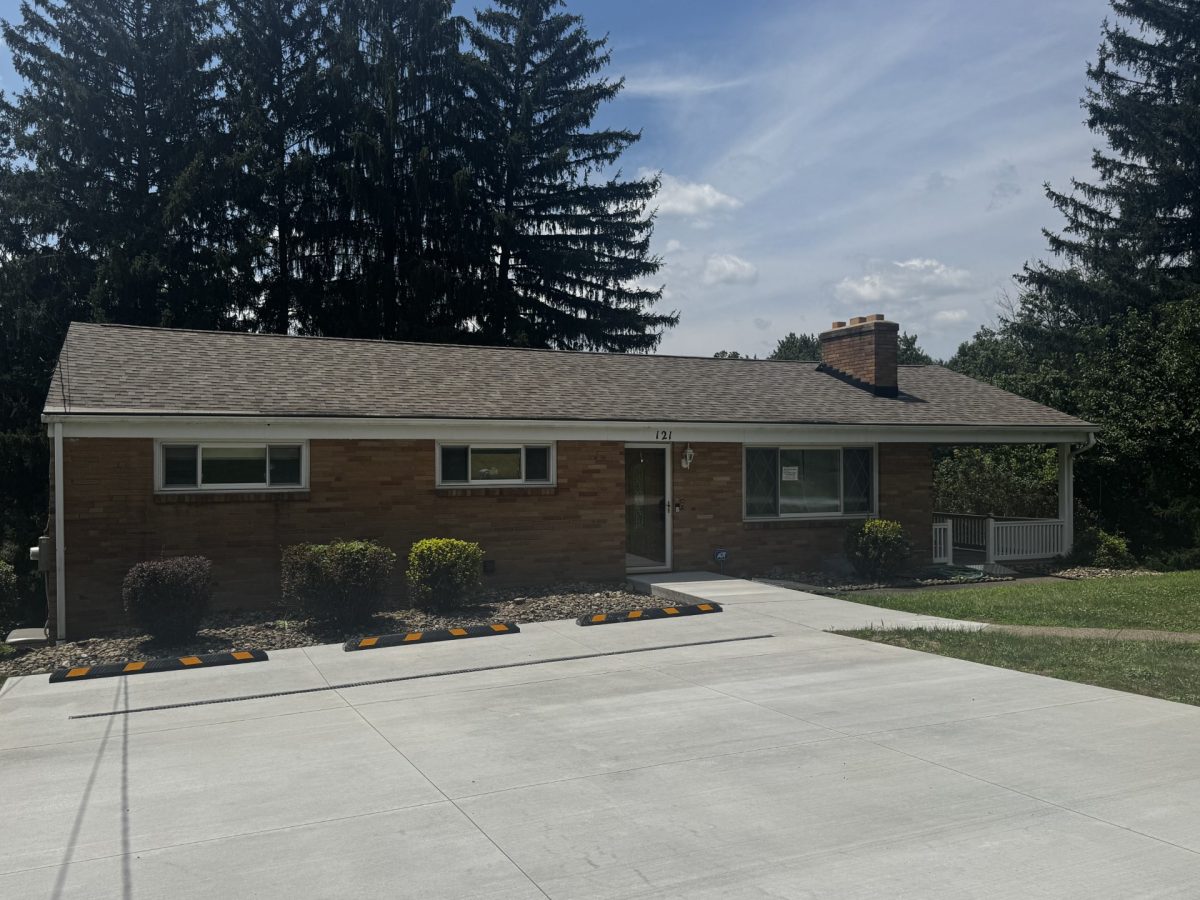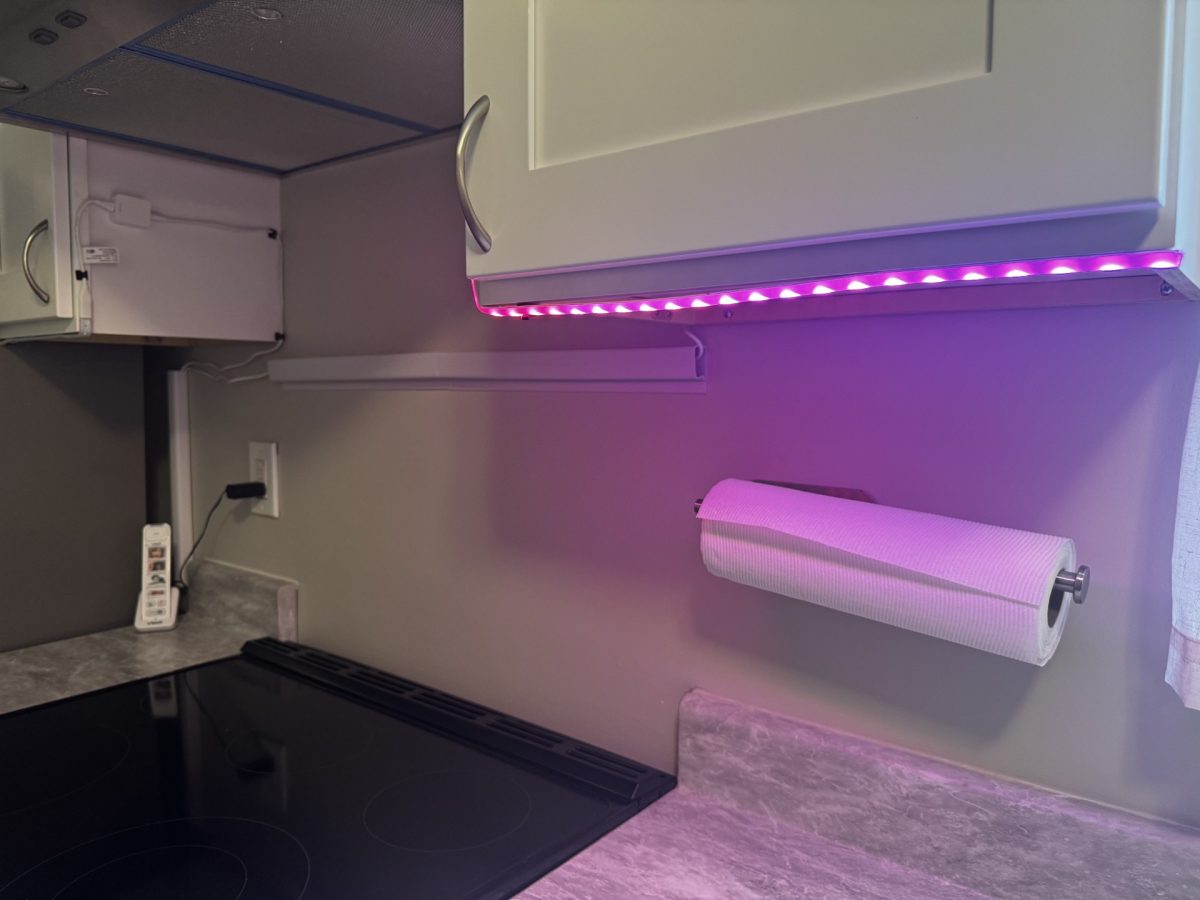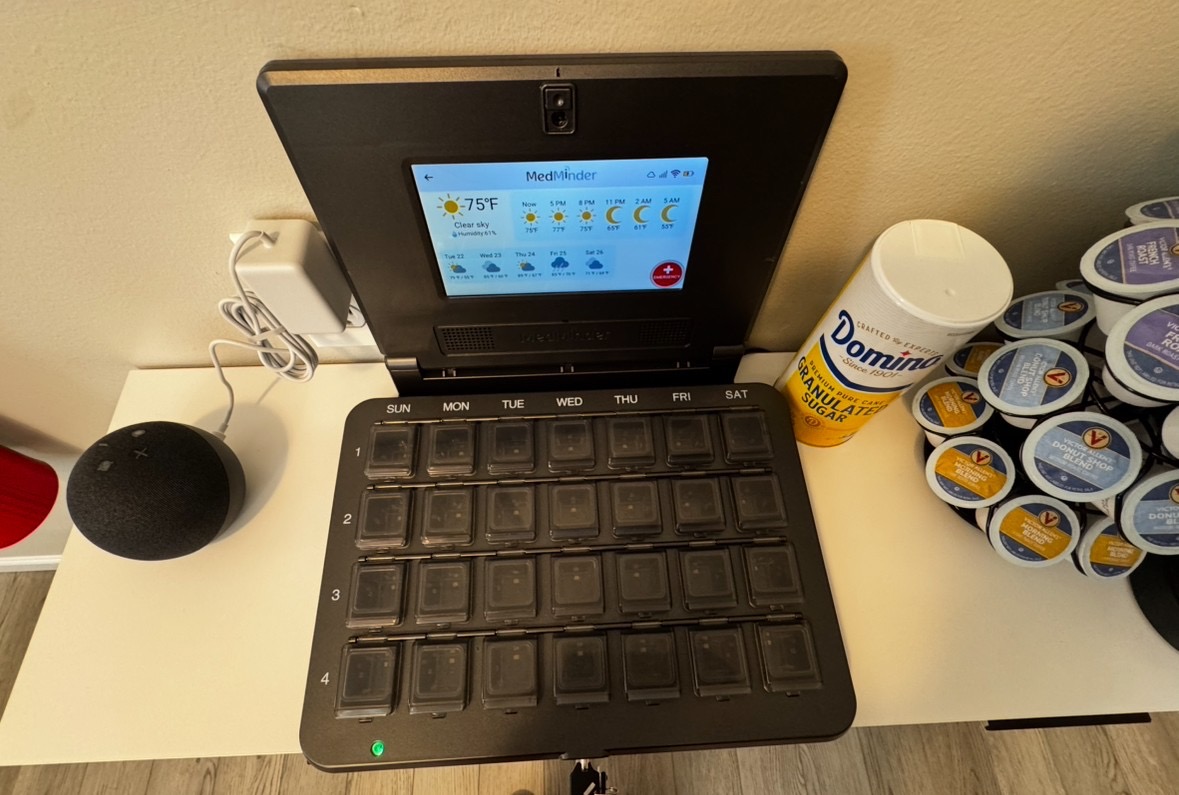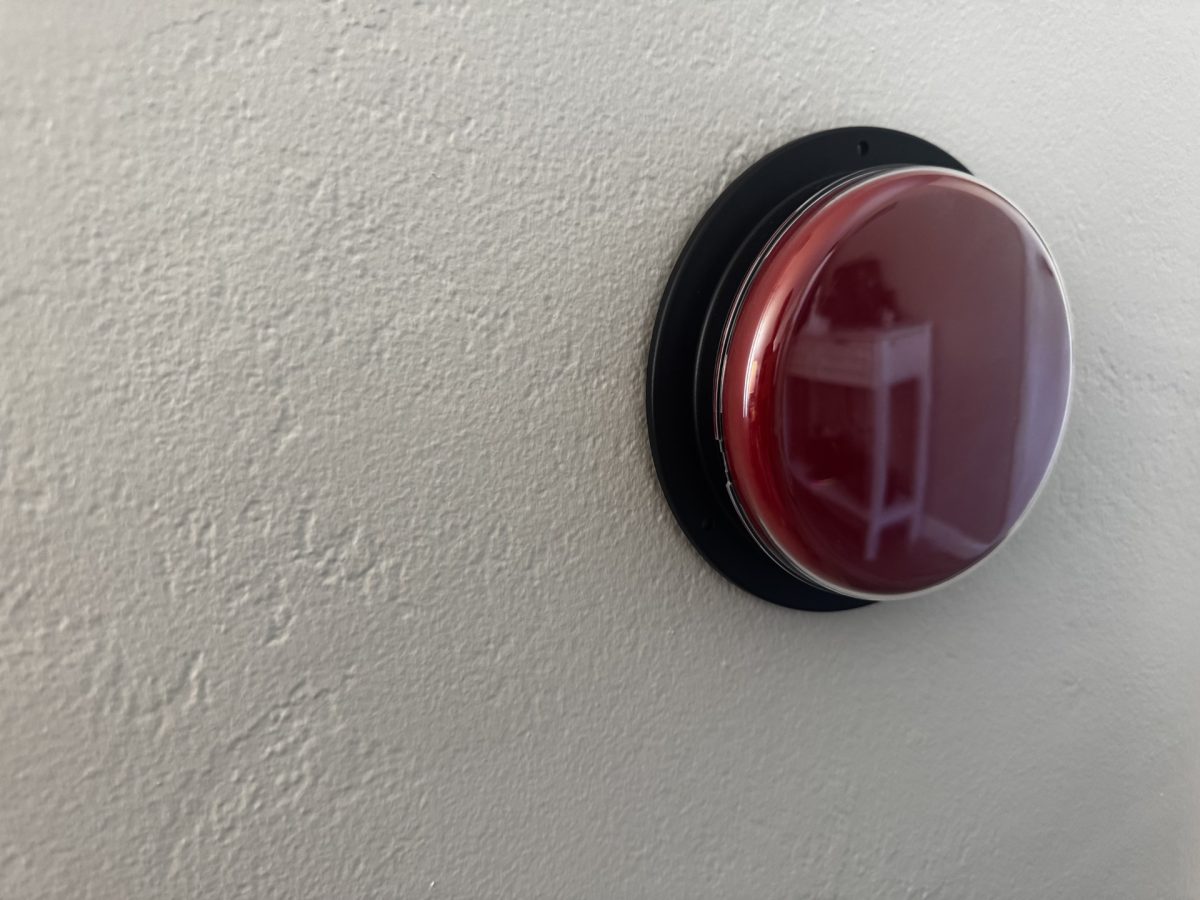Game changer: Arc Human Services opens Smart Living Home in Canonsburg
CANONSBURG – From the outside, the lovely brick ranch house in Canonsburg looks like most other homes.
But inside, the Smart Living Home – a first-of-its kind model operated by Arc Human Services – is decked out with assistive technology to help people with disabilities live more independently.
“When you walk in, it doesn’t look like a tech house, but the technology is here,” said Craig Douglass, chief administrative officer at Arc Humans Services, a nonprofit dedicated to inclusion and independence for people with intellectual and developmental disabilities. “The idea is that this is a place for people to start imagining. Whether you’re a senior or a person with a disability, this is an opportunity for someone who may not know what’s available to them. They can come here, meet with an assistive technology professional, talk about the goals they have, and design a space for you. The whole goal is to make sure you have an opportunity to experience it and to make sure that it’s the right technology for you.”
Assistive technology found in the Smart Living Home is a game changer for the everyday lives of those with disabilities, allowing them to live more independently and keeping them safe at home and in the community.
The home is filled with smart technology tools, such as personalized, voice-activated prompts in the kitchen that assist with meal preparation, and smart kitchen cabinets that are illuminated during cooking, said Travis Fiem, program systems coordinator for Arc.
“Hey, Alexa, I’d like to make macaroni and cheese,” Fiem said during a demonstration.
Alexa responded, “Take the pot out of the cabinet beside the stove. The light on the cabinet should be changing colors. Fill the pot with six cups of water. The measuring cup is in the cabinet to the right of the stove. The light will be changing color.”
The microwave, too, can be voice-activated to set an amount of time for cooking food, which can prevent fires caused by overcooking.
Other smart technology includes motion sensors that notify people inside the home if someone is at the door, and a large, red panic button is located near the door.
“It’s what we call our ‘stranger danger’ button,” said Fiem. “If they don’t know a person, they can press the button and it says, ‘If you don’t know this person, do not open the door.’ So you get a verbal prompt, the smart front door lock just locked itself, and the caregivers just received a text message alert letting us know that, hey, somebody at this location hit that button.”
In the bedroom, sensors detect when a person gets in or out of bed and turns the lights on or off. A pathway of lights runs from the bedroom to the bathroom, and prompts in the bathroom can be personalized to remind people to wash their hands or brush their teeth.
Another smart device in the home is a medication dispenser, called MedMinder, a computerized pillbox that flashes when it’s time to take medication.
The Smart Living Home is designed to feel like a cozy home, with added features to make life easier – and provide the kind of independence that leads to greater quality of life. The technology is also useful for aging adults.
Fiem said the one of the best parts of the technologies showcased in the Smart Living Home is that they are affordable. Most of them are battery-operated and can be purchased off-the-shelf or online.
“The idea for this is we want it to be a learning facility, a model where people come through and get ideas,” said Fiem. “It’s about wrapping the technology around the person, not the person around the technology. This is a starting point, where you can see what’s available and see what might work for you in your home to help with living more independently.”
To schedule a tour of the Smart Living Home, visit www.archumanservices.org/.





